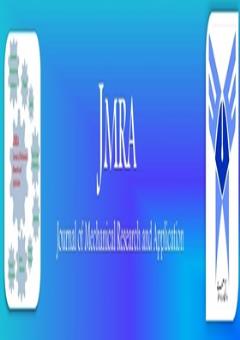-
-
List of Articles
-
Open Access Article
1 - An Investigation of the Different Temperature Changes in Carbon Nanotube Having Boundary Conditions into Steady Heat Flow Rate
سید علیرضا موسوی شیرازی -
Open Access Article
2 - Examining some mechanical and physical properties of gold
Hassan Ghalami Bavil Olyaee Seyed Hamed Ghasemi Karar Nadhom Yasein -
Open Access Article
3 - Numerical investigation of performance and combustion of 16RK215 engine with hydrogen and diesel fuel mixture using reactive control compression ignition method.
Misagh Khadem fini Hossein Ghomashi -
Open Access Article
4 - A Deep Survey upon the Synthesis of AuS Nanostructures
Kourosh Motevalli Zahra Yaghoubi
-
The rights to this website are owned by the Raimag Press Management System.
Copyright © 2021-2025







